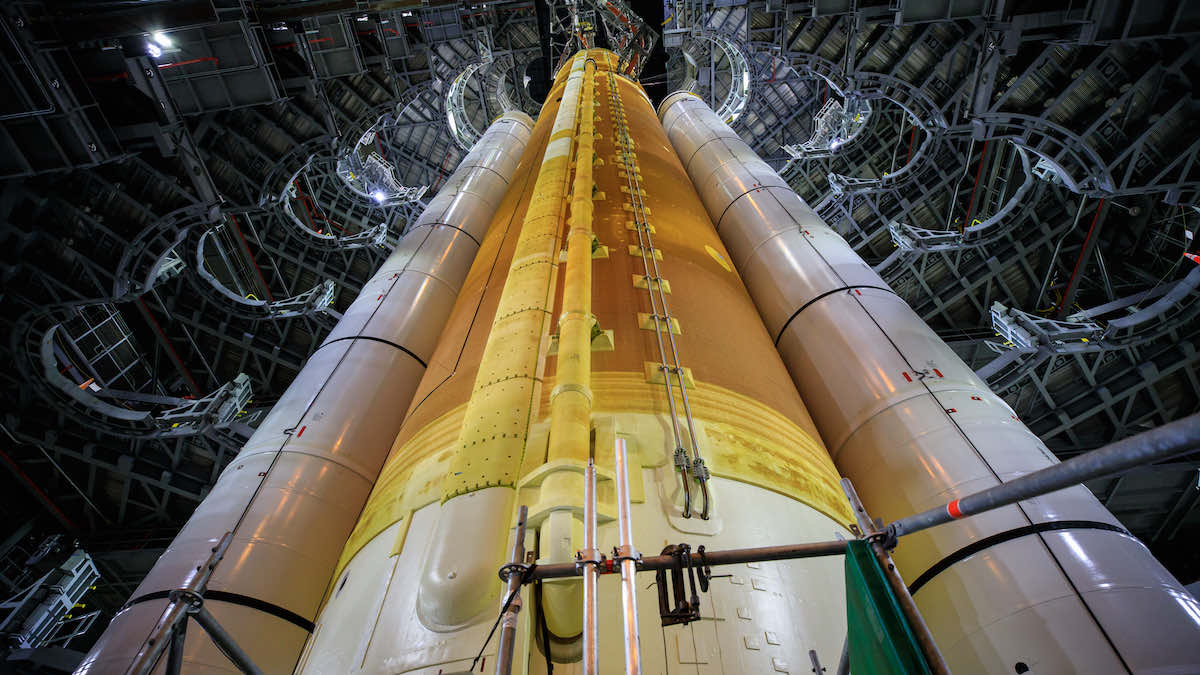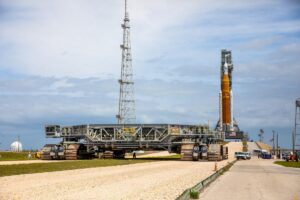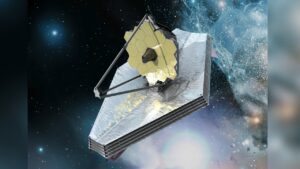
The Different Variants Of NASA’s Space Launch System
It has been many years since a human has stepped foot on the Moon. However, this unique environment provides limitless benefits including a good practice ground for future manned missions to Mars and beyond. NASA is working hard on the Space Launch System or SLS for upcoming Artemis missions. This rocket is meant to not only be one of the biggest and most powerful in the world but adaptable as well.
The Space Launch System will have six different variants within three main categories of the launch vehicle. This includes Block 1, Block 1B, and the Block 2 variant. Each alternative SLS rocket has specific benefits along with a designated purpose for future missions to the Moon. Specifically, within each block category, there is a crew and cargo variant ensuring NASA has many options when headed to the Moon and beyond.
The process of developing, manufacturing, testing, and launching a rocket successfully is an incredibly difficult task. Companies and agencies working on single launch vehicles can be a good example of this. It doesn’t make sense to build an entirely new launch vehicle for a single purpose. This is part of the reason why variants within launch vehicles are very popular. If done correctly they often provide the benefits with less work and cost.
SLS Background

NASA has been without its own launch vehicle for quite some time now. After the Space Shuttle was retired the agency ended up buying rides from other countries such as Russia on the Soyuz. Eventually, SpaceX was able to develop the Falcon 9 and become NASA’s primary way of sending astronauts to and from the International Space Station. However, for future missions to the Moon, NASA will still be working with companies such as SpaceX but they want their own launch vehicle as well. This rocket is named the Space Launch System and is a vital part of practically every aspect of future Artemis missions. The SLS is meant to be one of the most powerful and biggest rockets ever built.
This size and power are necessary because of the agency’s ambitious plans. The goal of Artemis is not only to return to the surface of the Moon but to set up a more permanent human presence. This involves launching and delivering a dedicated lunar space station, base, and more. All of which will require a very large and powerful rocket. The Space Launch System has been in development for quite a while. The agency has had delays related to many things including complications, funding, and more. Despite these challenges, the rocket is planned to be ready for its first uncrewed mission by 2024.
SLS Variants

Block 1 – The first variant is considered the standard launch vehicle and is named Block 1. Within the Block 1 variant, there is a crew and cargo option as well. This configuration stands at 322 feet tall, weighs 5.75 million pounds, and will launch the first uncrewed mission test to an orbit 40,000 miles beyond the Moon. At the top of the Block 1 crew variant is the ICPS or Interim Cryogenic Propulsion Stage. This stage consists of an LH2 tank, a LOX tank, and a single RL10 engine. This combines to produce 24,750 pounds of thrust. The weight of this stage alone is 72,197 pounds when full of propellant. This Block 1 crew variant will be capable of launching 59,000 pounds or 27 metric tons of cargo to the Moon. The maximum thrust is 8.8 million pounds and it has a payload volume of 516 cubic feet. As the name suggests this variant is designed for bringing crew along with any additional cargo until the payload capacity is full.
Now let’s look at the other variant within the Block 1 category, the cargo version. This variant is very similar with the exception of the fairings, payload volume, and more. Starting at the top of the rocket you will not see a launch abort system. With no astronauts on board, the launch abort system has no purpose. Removing the system only simplifies the design, increases the volume within, and adds to the weight available within the payload capacity. The next big change is the fairings. The Block 1 cargo variant has much larger fairings increasing the space for payload and general cargo. These changes help increase the payload volume from 516 cubic feet to 8,118 cubic feet.
Block 1B – The next main variant you have is the crew and cargo version of Block 1B. Both of these variants have an increased maximum thrust of 8.9 million pounds compared to Block 1’s 8.8 million pounds. Starting with the Block 1B crew, the major difference is the upper stage. Rather than using the ICPS, this variant will utilize the EUS or Exploration Upper Stage. This upper stage is much bigger and more powerful providing a long list of additional benefits. Rather than using one RL10 engine, this upper stage uses four. This increases the thrust from 24,750 pounds to 97,360 pounds. The larger size and additional thrust mean this crew variant has a much higher payload volume and payload capacity to the Moon. Specifically, it has a payload volume of 10,100 cubic feet compared to the previous 516. Additionally, the payload to the Moon increased from 27 tons to 38 tons.
You then have the Block 1B cargo variant. Similar to the Block 1 version this model features no launch abort system, larger farings, and more capacity. Taking a closer look at the payload volume it has increased from 8,118 cubic feet to 21,930. The payload to the Moon also features a big difference going from 27 tons to 42 tons.
Block 2 – The final variant of the Space Launch System is the crew and cargo version of Block 2. Block 2 is the biggest out of all the variants providing the most thrust, payload volume, and payload capacity to the Moon and beyond. Block 2 still plans on using the same Exploration Upper Stage as Block 1B, and instead gets its increased power from upgraded Solid Rocket Boosters or SRBs. These along with additional upgrades bring both the crew and cargo variant to a maximum thrust of 9.5 million pounds. This is a 0.6 million pound upgrade from the standard version. The payload volume features no upgrades compared to Block 1B staying at 10,100 cubic feet. Payload to the Moon on the other hand has an upgrade from 38 tons to 42 tons.
Lastly, you have the cargo version of Block 2. This is by far the most powerful out of every option I have mentioned. This features a payload volume of 34,910 cubic feet and an over 46-ton payload capacity to the Moon. This power will be very beneficial to NASA when launching all the necessary equipment and cargo for a base along with a space station at the Moon.
Conclusion
While it has been a long time since any human has stepped foot on the Moon, this is planning to change very soon. NASA is hard at work on the Space Launch System in preparation for the upcoming Artemis missions. This mission’s goal is not only to put humans back on the surface but to set up a more permanent human presence. This will require a very powerful, and adaptable launch vehicle. NASA plans to make multiple variants of SLS including Block 1, Block 1B, and Block 2. Each version serves a specific purpose and provides additional capabilities for future missions to the Moon. We will have to wait and see how SLS development continues and how NASA ends up using each of the different variants.



